Ripple Effect Episode 7: University of Regina’s community-based water monitoring program
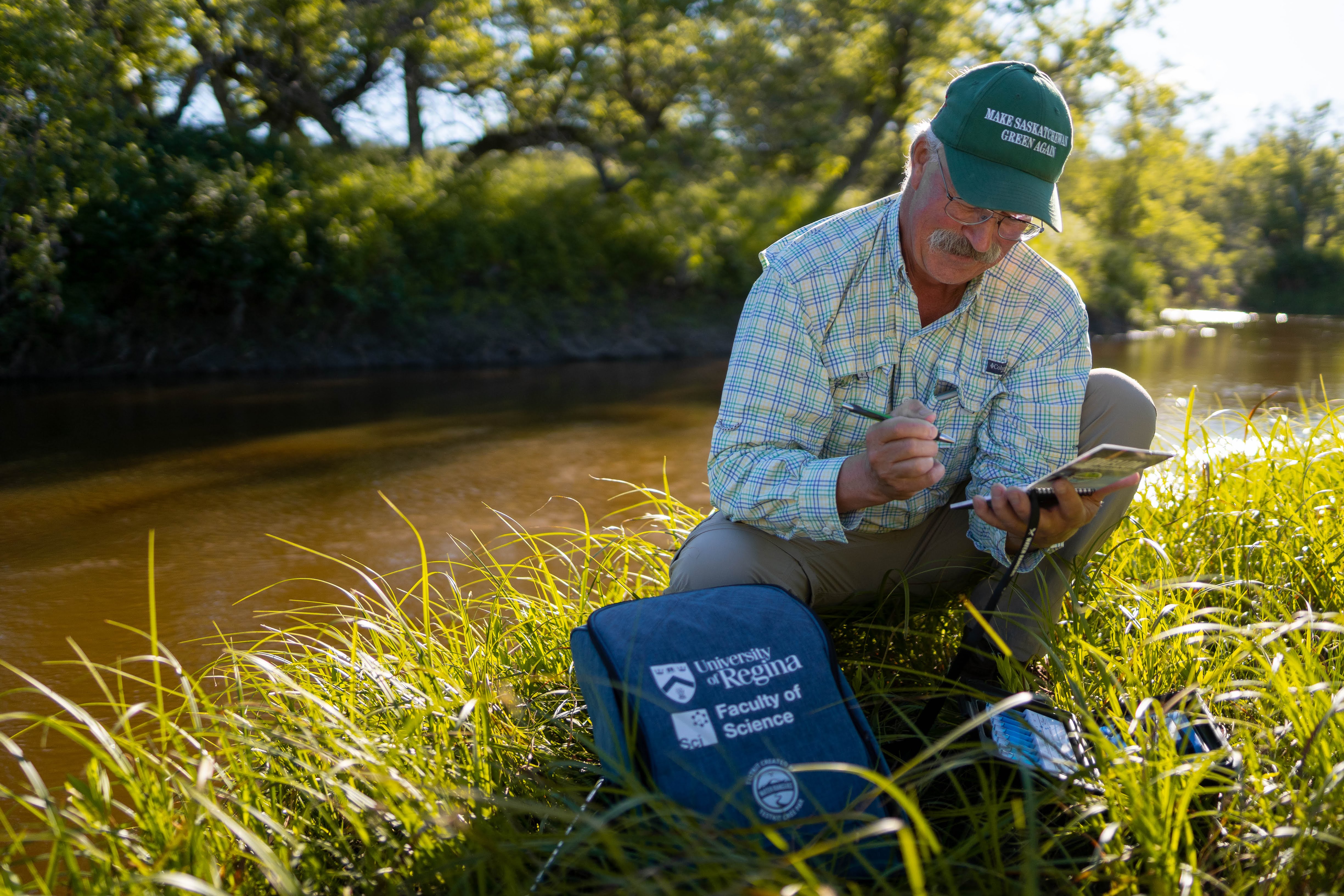
This month, Water Rangers’ Ripple Effect highlights our incredible collaboration with the University of Regina, the Saskatchewan water testing community, the Government of Saskatchewan, and the Government of Canada.
Welcome to the October edition of The Ripple Effect! On the last weekend of every month, we host Water Testing Weekend. On Water Testing Weekend, we encourage you to get out and test your local waterways. Each edition of the Ripple Effect is shared in celebration of that month’s Water Testing Weekend, and features at least one expert that our community can learn from.
Why experts? When it comes to protecting waterways, community-based water monitoring is often just one piece of an incredible ecosystem of actions. So, we’ve recruited a series of experts to help us deepen our knowledge and bring us new ideas. These experts include community champions, data experts, scientists, knowledge holders, and more. Join us as we learn from these experts and deepen our knowledge of the monitoring ecosystem.
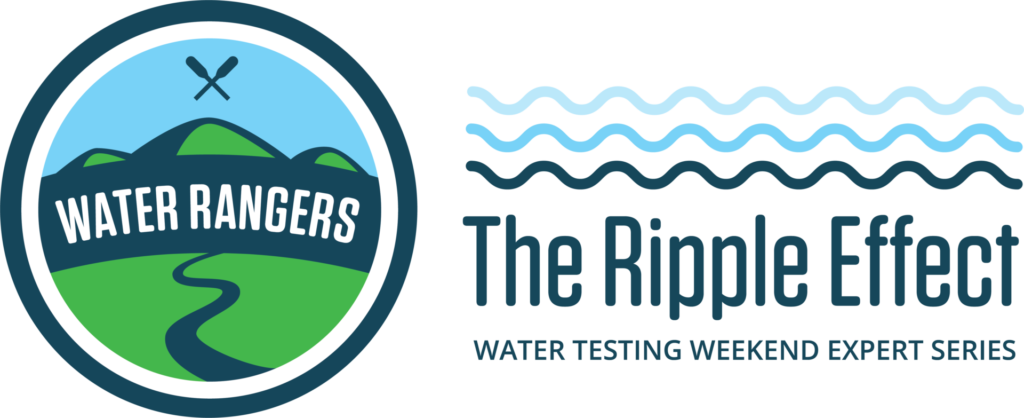
Introducing the University of Regina’s community scientists, with Dr. Kerri Finlay
This Ripple Effect episode represents a dream. We established Water Rangers on the dream of empowered communities; where people have the tools and support they needed to contribute meaningfully to filling gaps in water quality data, to become water stewards, and be part of the efforts to expand scientific and government research.
In 2019, we met Kerri Finlay, an Associate Professor at the University of Regina. As it turns out, Kerri had a similar dream: she was interested in using community-based water monitoring as a bridge between the community, scientists, and decision-makers in Saskatchewan. We spent the next two years ironing out the details until finally, in 2021, we launched a 5-year research project, funded by NSERC’s Alliance Grants and the University of Regina. Today, we’re engaging communities across the province, continuously moving closer toward a dream come true.
People have a very intuitive sense of what is happening. They feel things are worse than when they were kids. But they currently don’t have that full understanding. They don’t know why, or what is going on. It’s sort of a black box.
Kerri Finlay, Associate Professor at University of Regina
Water in Saskatchewan
When you think of water, especially in Canada, you might not think of Saskatchewan. There is not a lot of it, as Dr. Finlay explains, and what water there is often used in agriculture. Agriculture in Saskatchewan is a big deal; the province is sometimes referred to as Canada’s “breadbasket” because of all the grains crops grown there. Not only that, but according to the Government of Canada, Saskatchewan actually makes up the most farm area in the country, and is home to more than two-fifths of Canada’s total cropland.
Water is impacted by the agricultural practices in the province. Saskatchewan lakes, rivers, and natural waterbodies face a range of water quality issues, including algal blooms, browning, temperature changes, high turbidity, and invasive species. All of these factors can degrade lake water quality, which can result in both environmental and economical consequences. Unfortunately, there is a significant gap in water quality data in Saskatchewan, and without this data, we can’t determine the health of the waterbodies that the province relies on.
That’s where our project comes in.
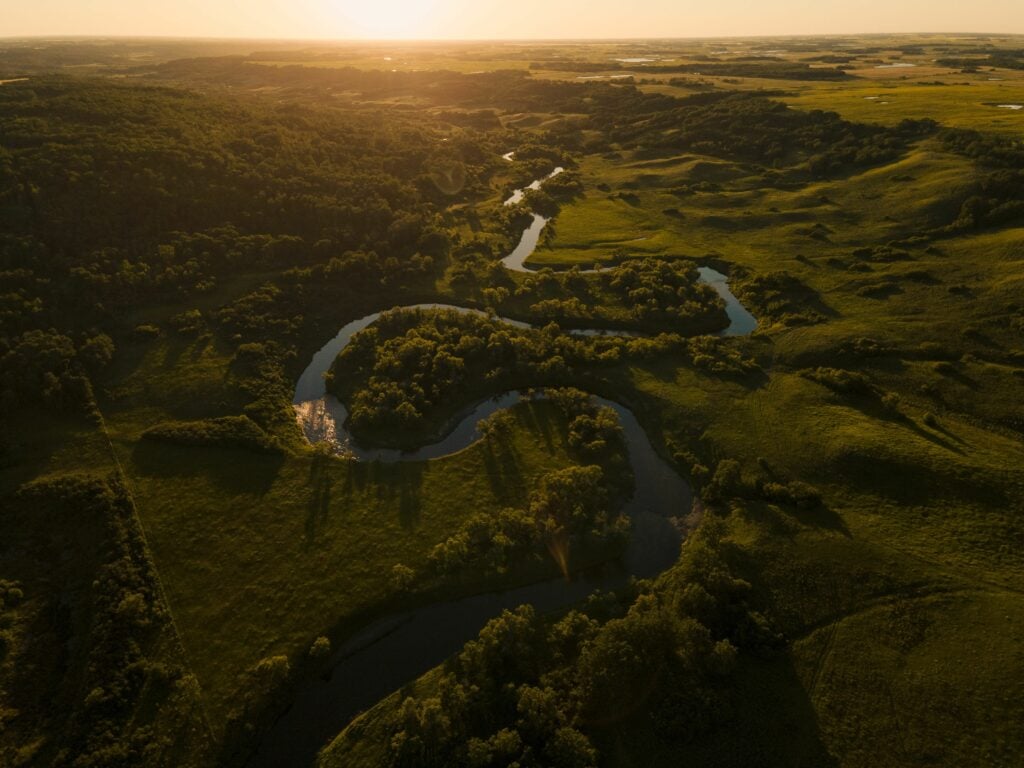
About the project
In 2021, Water Rangers and the University of Regina began recruiting volunteers in Saskatchewan for our community-based water monitoring program. With the support of the University and of Water Rangers, volunteers monitor 70 lakes and river sites across Saskatchewan. The project runs until 2025.
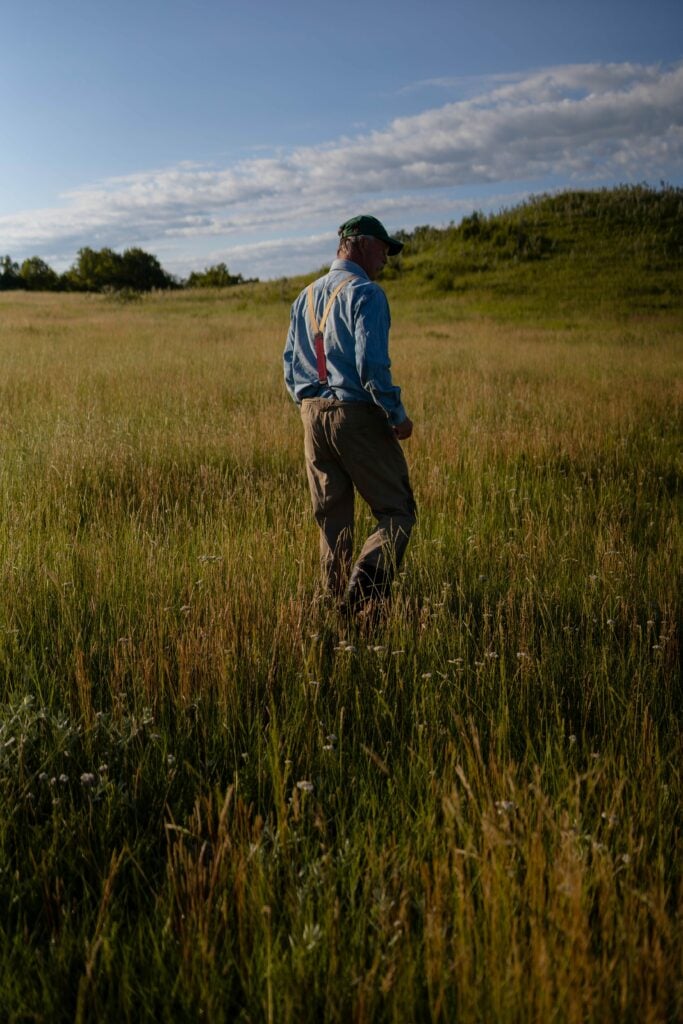
One of those volunteers is retired geologist and full-time rancher, Clint Blythe. He and his wife, Jody, live on roughly 4000 acres of land in the Pipestone Creek valley. Through partnerships with Ducks Unlimited and the Nature Conservancy of Canada, they were already committed to managing this vital riparian ecosystem by maintaining the rolling, native grasslands and monitoring animal species that visit, like elk and black bears.
Clint Blythe, rancher and volunteer with University of Regina project“When we moved here, we put together a mission vision statement and part of that was leaving the land in a better state than when we found it.”
Through their local watershed advocacy group, they learned about the community-based water quality monitoring project between U of R and Water Rangers and knew that sampling the water on their property fit perfectly with their mission. See more from Pipestone Creek in the Ripple Effect video above!
Participants, like Clint, use the Water Rangers kits to test the water at a nearby lake, river, or stream in Saskatchewan on the last weekend of every month. Participants sample 2-3 locations, and are encouraged to return to the same sampling locations each month. They also upload the data to our data platform. Kerri and her team can analyze the data, and the data is also available for the public to access. The project’s data is also shared to the Gordon Foundation’s DataStream.
Thanks to all our volunteers, we’ve just completed year two of field data collection. As the ground and water freeze, Kerri and her graduate student Keerthi will be using the community data as well as that collected by the Saskatchewan Water Authority to build water quality models that can predict results using machine learning. The goal is to build systems that communities can use to answer their question: “are my results good or bad”?
The project is part of work within the broader network too: Kerri joins us in community-based water monitoring collaboratives, and the Business Case for Community Based Water Monitoring, a beautiful report by the International Institute for Sustainable Development, emphasizes that this approach is not only good for communities but also worthy of investment. We’ll be assessing the value of the community monitoring program in Saskatchewan as well.
About Kerri
Kerri’s research in community-based water monitoring is just one piece of her lab’s research. Did you know agriculture ponds are a surprising greenhouse gas sink? You can learn about Kerri’s other academic projects here.
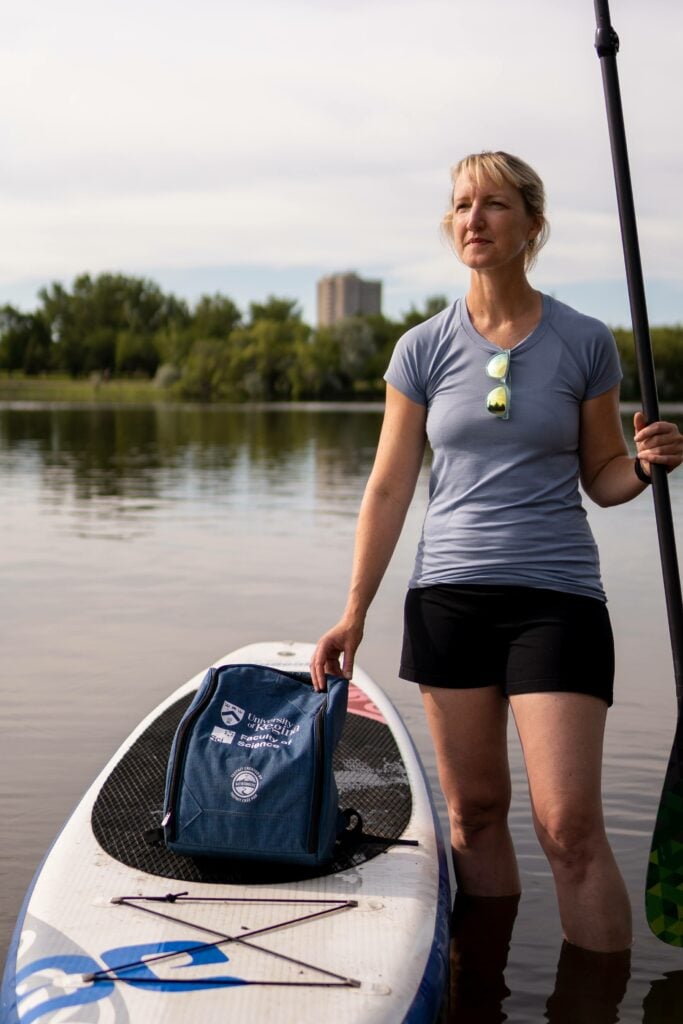
Supporting youth leadership
Last year, our Saskatchewan community-based water monitoring coordinator was Erin Ennis. She did incredible work developing the program in its first year. In 2022, we welcomed Emilee Wagner to the team. Our summer students on this project provide on-the-ground support to community scientists during the height of testing season. Emilee and Erin trained volunteers, learned about the local passion, and answered their questions. They provide extra knowledge for the rest of our community, too. We love that they become advocates for community-based water monitoring.

“The database where volunteer results are uploaded, which was developed and is run by Water Rangers, tracks changes in the water so we can closely observe what’s happening over time,” Erin shared in this great profile created by University of Regina’s Discourse Magazine last year.
Dive deeper into Saskatchewan’s waters
Erin and Emilee were involved in supporting the field work in the summer, and Keerthikrutha Seetharaman, a PhD student at the lab, will be analyzing the data alongside provincial data. Keerthi is originally from India, and we were so pleased she could use our platform to share her perspective on water conservation and cultural differences.
How do we take care of our waterways?
This year, we’ve been more targeted to find volunteers on strategic water bodies where we need to gather data. The idea, though, is that this model can work for all water bodies and expand to support water testing across the province. There’s been more demand for the program in Saskatchewan than equipment so far, and that’s a great problem to have! Kerri has shared the program a few times, including on Radio Canada, and overwhelmingly people “get it” and want to help.
Thank you to all the volunteers for their passion and dedication. It’s together that we can make a difference for waterways.
Ripple Effect series
Feeling inspired? This is just the start. Access previous episodes of the Ripple Effect here:
Episode 6: Margaret Froh & the Thames Bluewater Métis Council (video only)
Episode 5: Hamilton Harbour
Episode 4: Les Scientifines
Episode 3: Lawrence Gunther and Blue Fish Canada (St. Lawrence River)
Episode 2: Annie Michaud (Niagara)
Episode 1: River Wey Trust
Thank you to the National Research Council for helping to fund Water Testing Weekends and this expert series.